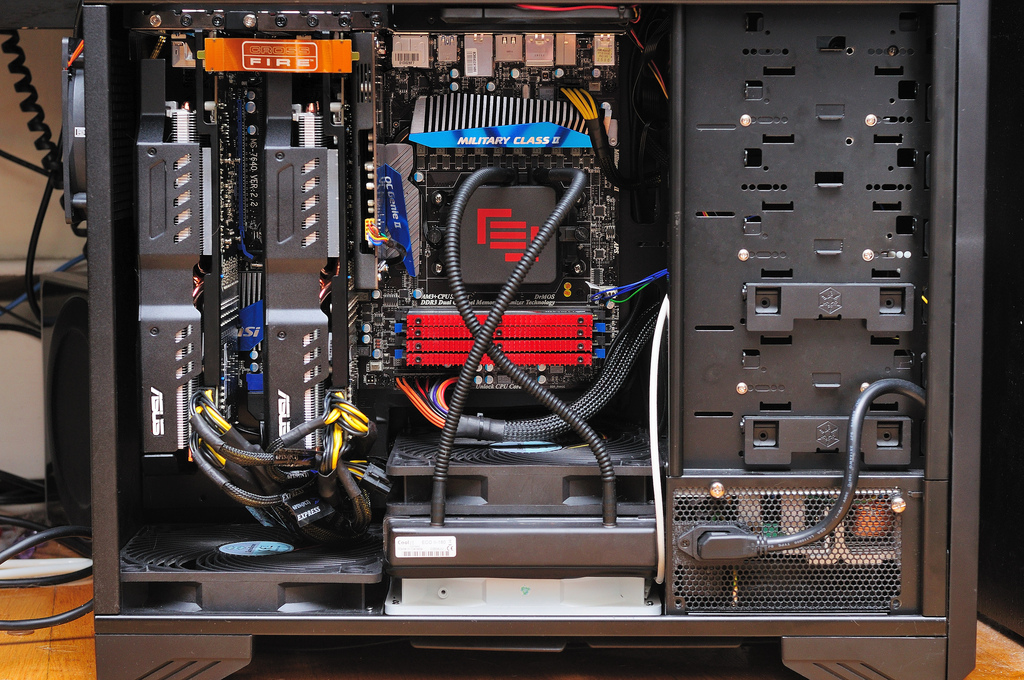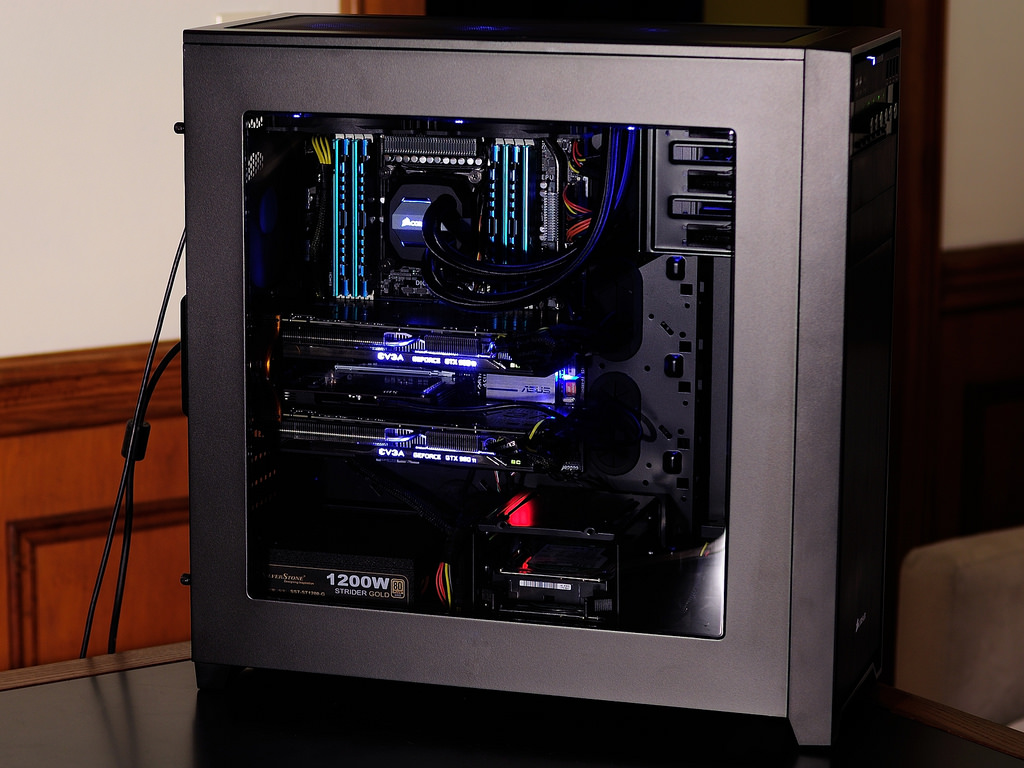Nenu
[H]ardened
- Joined
- Apr 28, 2007
- Messages
- 20,315
I recommend you try it with your 1080ti first, thats what I use mine with.Since this TV has Freesync, would it be smart to dump my 1080Ti and buy Vega 64? I could probably end up with +-0 once I sell my 1080Ti and buy a new Vega 64.
Wouldnt trade it for anything.
![[H]ard|Forum](/styles/hardforum/xenforo/logo_dark.png)

